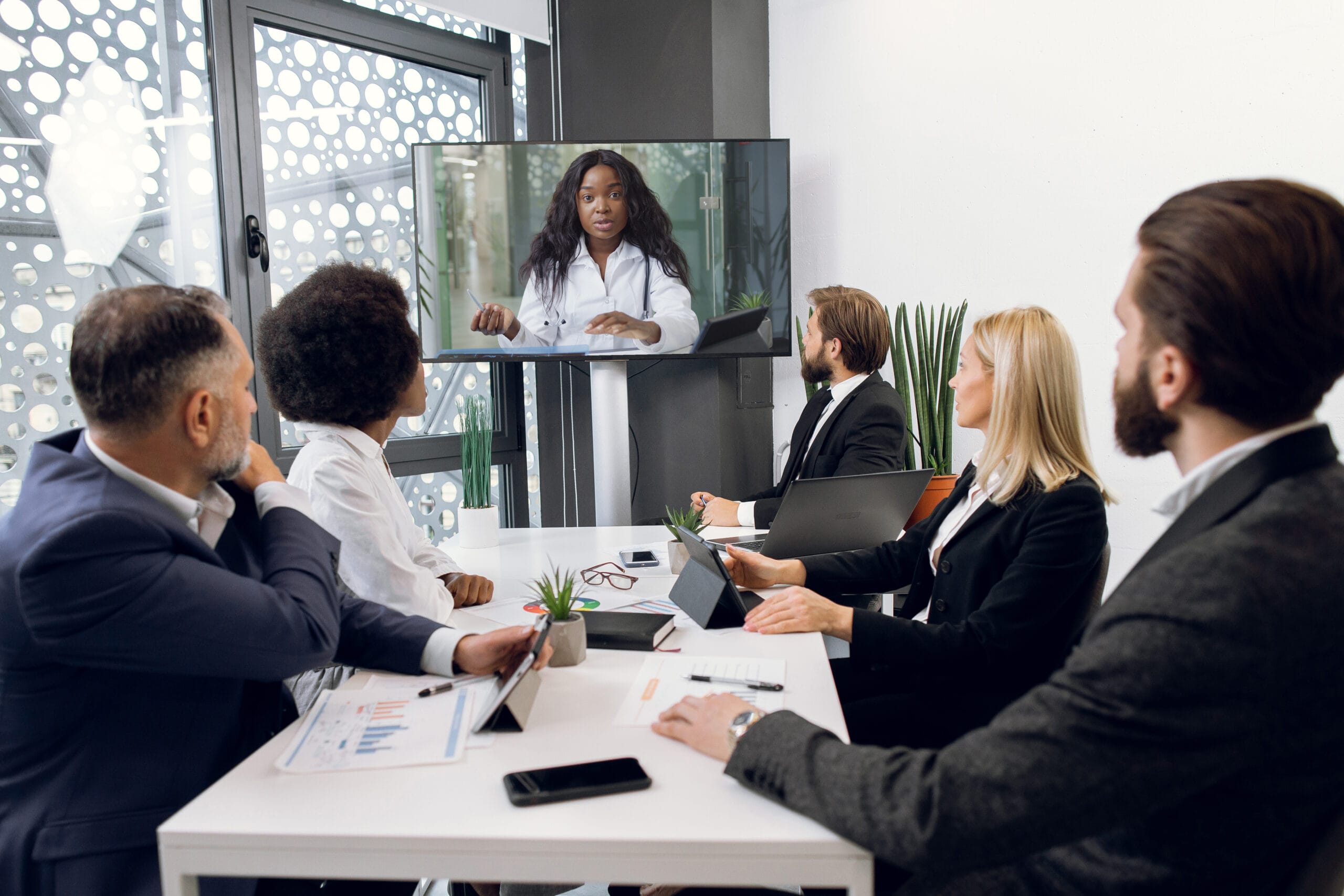Visual aids in trial presentations make a lasting impression.
Just How Test Presentations Enhance Your Debate and Encourage Jurors
Test discussions act as a crucial device for boosting lawful debates and encouraging jurors. By incorporating aesthetic help, narrative frameworks, and emotional engagement, attorneys can develop an engaging situation that reverberates on several levels. The tactical use visuals not only clarifies complex information but likewise captures jurors' attention extra effectively than words alone. However, the art of narration plays a just as essential duty in changing accurate evidence into a compelling story, forming jurors' understandings - trial presentations. Understanding these components can dramatically influence trial outcomes, elevating the inquiry of just how each element contributes to this intricate dynamic.

Importance of Aesthetic Help
Visual aids play a crucial duty in improving the effectiveness of test presentations, as they can considerably raise target market engagement and retention of details. In the context of a trial, where jurors are tasked with handling complicated details, visual help serve to streamline and clear up bottom lines. Charts, charts, and images can share data and principles that may or else overwhelm or puzzle jurors, permitting an extra straightforward understanding of the proof provided.
Moreover, aesthetic aids aid in preserving juror focus throughout the procedures. By breaking the dullness of spoken testimony, these devices can stress vital arguments, making them a lot more remarkable. Efficient visual aids can additionally evoke psychological reactions, which can be crucial in persuading jurors to line up with the speaker's narrative.

Crafting Engaging Stories
A compelling narrative is important in test presentations, as it works as the foundation of effective persuasion. It enables lawyers to weave with each other facts, evidence, and psychological components into a meaningful tale that reverberates with jurors. This narrative framework allows jurors to understand the complexities of the case while assisting them via the attorney's debate.
To craft a compelling narrative, attorneys ought to focus on clearness and coherence. Furthermore, the use of vibrant descriptions can produce mental images that help jurors visualize the events, making the narrative extra remarkable.
Moreover, integrating essential themes throughout the presentation enhances the core message and aids in retention - trial presentations. The narrative should not only share info however likewise stimulate a feeling of justice, highlighting the risks included. Inevitably, a sound story cultivates a link in between the jurors and the instance, placing the lawyer's disagreement as both trustworthy and engaging, thus raising the probability of a positive verdict

Engaging the Court Emotionally
Reliable jury engagement pivots on the attorney's capability to connect with check out here jurors on a psychological level. This link can significantly impact jurors' assumptions and their utmost decision-making. Utilizing psychological allures enables lawyers to humanize the case, changing abstract legal ideas right into relatable experiences. By presenting real-life tales or useful link testimonies, lawyers can stimulate empathy and concern, fostering a much deeper understanding of the issues at stake.
Aesthetic help, such as photographs or videos, can better enhance emotional interaction, giving jurors with vivid depictions of the case's human aspects. Crafting a narrative that highlights the battles and accomplishments of the individuals included makes certain that jurors see past the legal arguments and acknowledge the human effects of their choices.
A lawyer's enthusiastic distribution can reverberate with jurors, strengthening their psychological investment in the case. It's important to balance emotional appeals with factual proof, making certain that jurors really feel forced to act while staying grounded in the truth.
Structuring Your Presentation

The body of the presentation must be rationally segmented right into bottom lines, each sustained by compelling evidence. It is valuable to utilize storytelling strategies to weave truths into a narrative that jurors can conveniently comply with. click here to read Visual aids, such as graphes and videos, can enhance understanding and engagement, aiding to highlight important pieces of proof.
Real-World Study
Examining real-world instance research studies offers invaluable understandings right into the art of trial discussions and persuasion. For example, the site case of "O.J. Simpson v. The Individuals of California" shows just how visual help and engaging narratives can guide jury understandings. The protection team successfully used a method that combined high-profile professional statements with multimedia discussions, which captivated jurors and inevitably affected their decision.
An additional notable example is the "McDonald's Coffee Case," where the plaintiff's attorneys utilized graphic pictures of the injuries suffered by Stella Liebeck. trial presentations. This stark visual evidence played a vital duty in sharing the extent of her burns, bring about a significant court honor. Such instances show that impactful test discussions typically rest on the efficient combination of visuals and storytelling to evoke emotional responses from jurors
Moreover, the "Casey Anthony Trial" highlighted the significance of narrative coherence and trustworthiness. The prosecution's failure to establish an engaging timeline lessened their influential power, highlighting the necessity of a well-structured presentation. Assessing these instances reveals that successful test presentations require strategic preparation, emotional engagement, and the capacity to resonate with jurors' values and ideas.
Final Thought
Trial discussions substantially improve arguments and encourage jurors via the critical usage of visual help, compelling stories, and psychological engagement. By simplifying intricate info and fostering links with the audience, these components create a remarkable and impactful experience. A well-structured discussion balances sob stories with factual proof, eventually reverberating with jurors' values. The assimilation of these methods not just influences decision-making yet also emphasizes the significance of reliable communication in the court room.